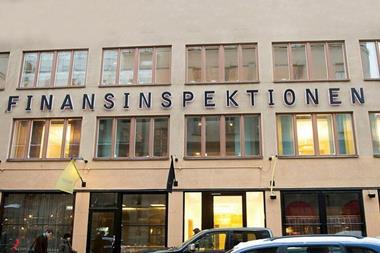The European Association for Investors in Non-listed Real Estate Vehicles has been a swift success. It was only launched in May 2002, but its database has since grown to include 400 unlisted funds.
The database now includes funds with a gross asset value of €261bn and it is growing all the time. In the last quarter of 2004 alone, 43 new funds were added, reflecting both new fund launches and existing funds opting to be included in the database. When the database was launched in August 2003, it had 196 vehicles, with gross assets of €154bn.
The creation of a website with a database of funds was INREV’s first priority and has been the cornerstone of INREV’s success. It has enabled the organisation to get more companies and funds involved and given it the critical mass to be able to push for more transparency in the sector in the form of corporate governance, reporting, tax and regulation information and research.
Figure 1 shows the spread of different fund styles within the INREV universe. German open-ended funds dominate at the moment, accounting for 40% of the total (by gross assets) with 30 giant funds.
In the longer term many of these funds may not remain within the INREV database. Germany is
set to introduce legislation to introduce legislation for a real estate investment trust structure next year.
Some industry commentators have speculated that, if a suitable REIT structure is available to the German market, some open-ended real estate funds would change to become listed, closed-ended REITs. Indeed, the migration of investor capital to REITs could force them to do so, as REITs have produced better returns than open-ended funds in recent years.
Otherwise, core funds dominate, accountingfor nearly a third of assets. In addition, while German open-ended funds are structured differently from other private property funds, they tend to be core investors. Figure 2 shows that there are still a great many funds in the database which are open for new investment, both in terms of number and gross asset value, suggesting there is still room for new investors to get into the market.
Figures 3 and 4 show changes to the database in 2004. All of the new vehicles added (new launches in 2004, rather than existing funds now added to the database) were either core or value-added funds, with almost twice as many of the former.
Looking at the news pages of IPE Real Estate this year will show that new fund launches continue apace.
There were no new opportunity fund launches which were added to the database. This indicates a slowing down in the numbers of new opportunity funds launched in Europe, as fund managers look at projected returns across the continent and see that it will be harder to find those high double-digit returns.












No comments yet